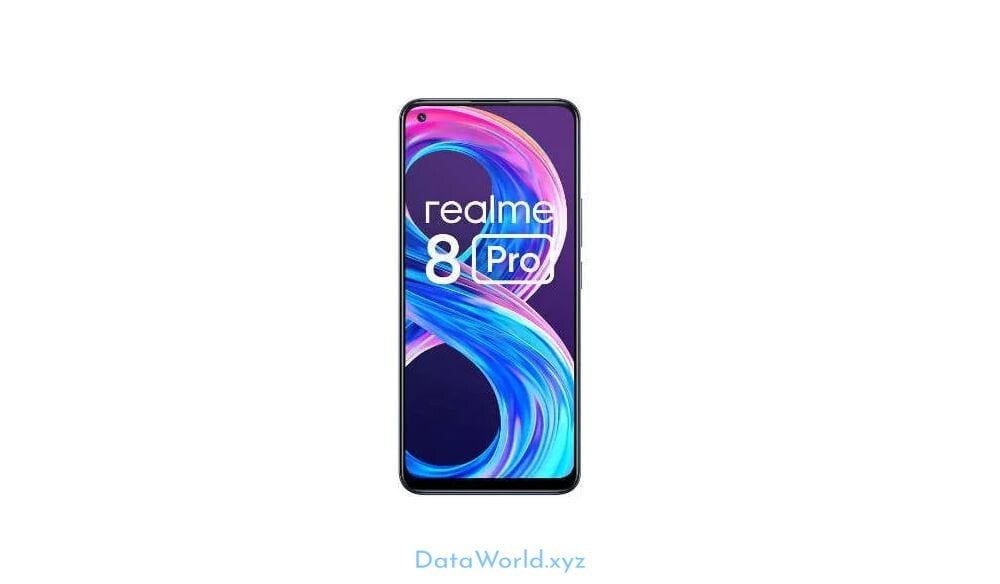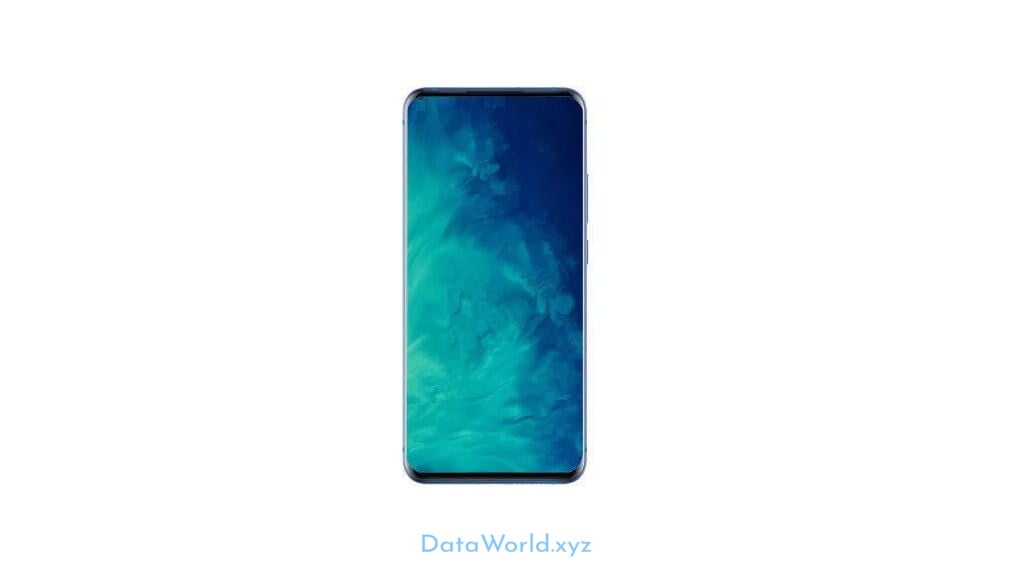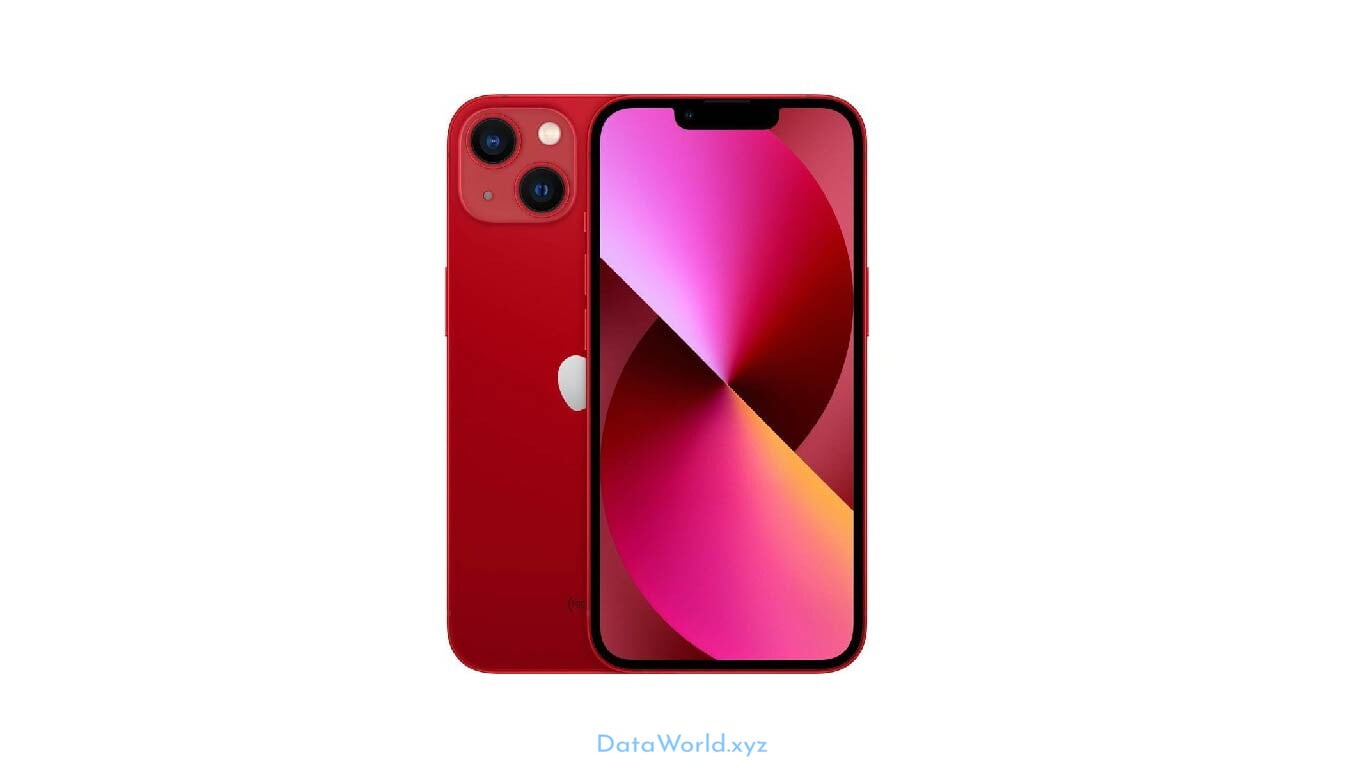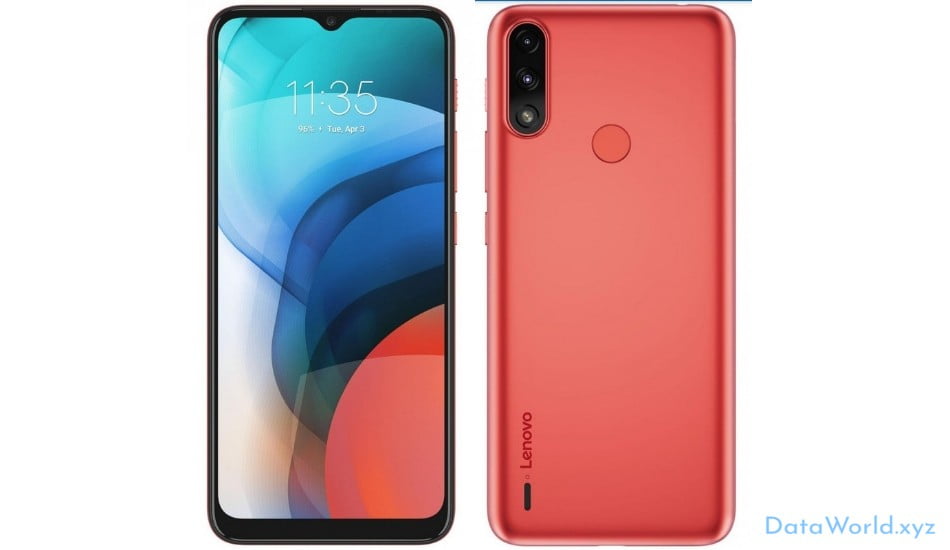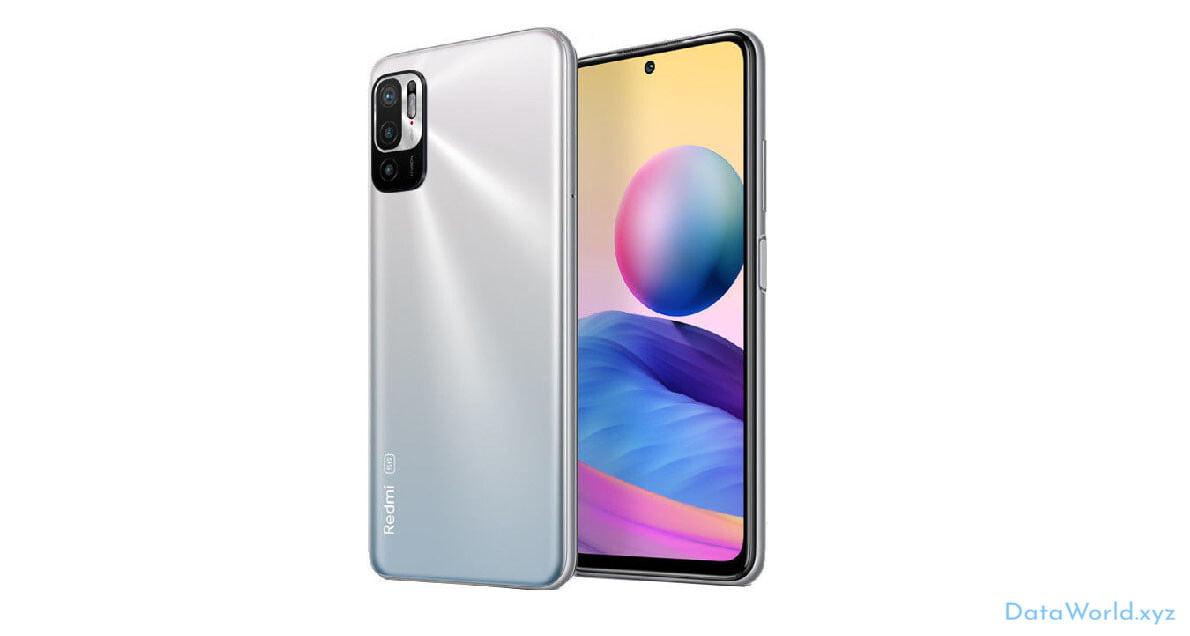
Mobile
Xiaomi Redmi Note 10 5G
DISPLAY |
|
|---|---|
| Size: | 6.5 inches |
| Resolution: | 2400 x 1080 pixels, 20:9 ratio, 405 PPI |
| Technology: | AMOLED |
| Screen-to-body: | 83.57 % |
| Features: | 60Hz refresh rate, 90Hz refresh rate, Scratch-resistant glass (Corning Gorilla Glass 3), Ambient light sensor, Proximity sensor |
HARDWARE |
|
|---|---|
| System chip: | MediaTek Dimensity 700 |
| Processor: | Octa-core, 2200 MHz, Arm Cortex-A76 and Arm Cortex-A55, 64-bit, 7 nm |
| GPU: | Arm Mali-G57 MC2 |
| RAM: | 4GB LPDDR4 |
| Internal storage: | 64GB (UFS 2.2) |
| Device type: | Smartphone |
| OS: | Android (11), MIUI 12 UI |
BATTERY |
|
|---|---|
| Capacity: | 5000 mAh |
| Type: | Not user replaceable |
| Charging: | Fast charging |
| Max charge speed: | Wired: 18.0W |
CAMERA |
|
|---|---|
| Rear: | Triple camera |
| Main camera: | 48 MP (Autofocus) |
| Specifications: | Aperture size: F1.8; Sensor size: 1/2″; Pixel size: 0.8 μm |
| Second camera: | 2 MP (Macro) |
| Specifications: | Aperture size: F2.4 |
| Third camera: | 2 MP (Depth information) |
| Specifications: | Aperture size: F2.4 |
| Video recording: | Yes |
| Front: | 8 MP |
DESIGN |
|
|---|---|
| Dimensions: | 6.37 x 2.97 x 0.35 inches (161.81 x 75.34 x 8.92 mm) |
| Weight: | 6.70 oz (190.0 g) |
| Resistance: | Splash |
| Biometrics: | 2D Face unlock, Fingerprint (touch) |
| Keys: | Right: Volume control, Lock/Unlock key |
| Colors: | Chrome Silver, Graphite Gray, Nighttime Blue, Aurora Green |
CELLULAR |
|
|---|---|
| 5G: | n1, n3, n7, n8, n20, n28, n38, n40, n41, n66, n77, n78 |
| LTE (FDD): | Bands 1(2100), 2(1900), 3(1800), 4(AWS-1), 5(850), 7(2600), 8(900), 12(700 a), 17(700 b), 20(800 DD), 28(700 APT), 32(1500 L-band), 66(AWS-3) |
| LTE (TDD): | Bands 38(2600), 40(2300), 41(2600+) |
| UMTS: | Bands 1(2100), 2(1900), 4(1700/2100), 5(850), 8(900) |
| Data Speed: | LTE-A Cat 12/13 (600/150 Mbit/s), HSDPA+ (4G) 42.2 Mbit/s, HSUPA 5.76 Mbit/s, UMTS |
| Dual SIM: | Yes |
| SIM type: | Nano SIM |
MULTIMEDIA |
|
|---|---|
| Headphones: | 3.5mm jack |
| Speakers: | Earpiece, Loudspeaker, Multiple speakers |
| Screen mirroring: | Wireless screen share |
| Additional microphone(s): | for Noise cancellation |
CONNECTIVITY & FEATURES |
|
|---|---|
| Bluetooth: | 5.0 |
| Wi-Fi: | 802.11 a, b, g, n, ac, dual-band; Wi-Fi Direct, Hotspot |
| USB: | Type-C (reversible) |
| Features: | Charging |
| Location: | GPS, A-GPS, Glonass, Galileo, BeiDou, QZSS, SBAS, Cell ID, Wi-Fi positioning |
| Sensors: | Accelerometer |
| Other: | NFC, Infrared |
BUYERS INFORMATION |
|
|---|---|
| Price:USD & BDT | $ 199 ৳15,000 |
AVAILABILITY |
|
|---|---|
| Officially announced: | Mar 04, 2021 |

